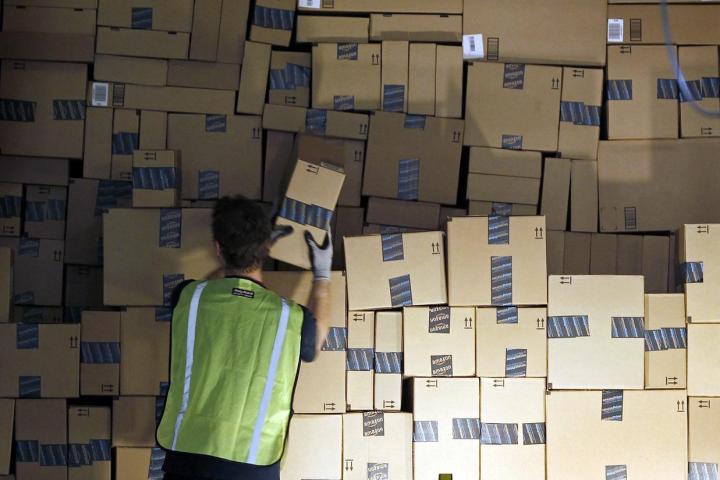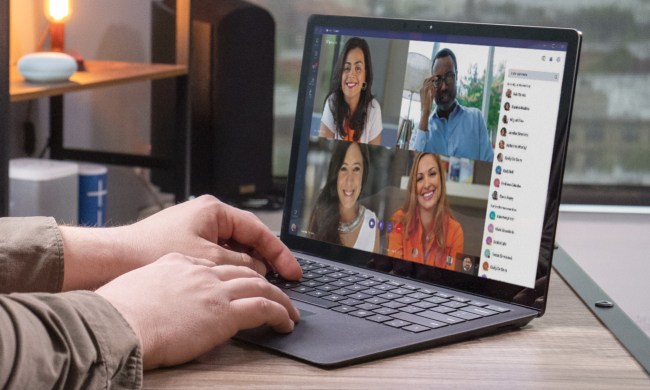
Noticed by the Wall Street Journal, Amazon recently patented a new system that will help the retailer create predictive models to accurately forecast where an item will need to ship. Calling the system “anticipatory shipping,” Amazon will collectively compile data such as product searches, page visits, wish list items, order history, overall time on page, items left in the shopping cart and return history to pre-ship items to closer warehouse locations or even directly to the eventual recipient. Amazon even plans to measure the length of time that a user’s mouse cursor hovers over an item in order to predict an upcoming purchase.
Within the patent, Amazon doesn’t specify how much time this will shave off a typical order. However, if items are always located at the nearest hub, it’s possible that customers will be able to receive their items by the following day or perhaps on the same-day. By increasing the number of items that are available for same-day delivery, this could help Amazon make Prime memberships even more attractive.

At this time, Amazon Prime customers can upgrade a package to same-day delivery for a price of $3.99 per item. To accomplish this, Amazon usually works with local carriers rather than national companies like UPS or Fedex. The service is more popular in large metropolitan areas where multiple deliveries can be scheduled in order to keep costs down. That price is also identical to the one-day shipping price that Prime customers receive if same-day shipping isn’t available.
Commenting about the new system to the Wall Street Journal, Forrester Research analyst Sucharita Mulpuru said “It appears Amazon is taking advantage of their copious data. Based on all the things they know about their customers they could predict demand based on a variety of factors.”
Digging into the patent, Amazon may go further than moving items to nearby hubs by shipping a package with a partial address. Assuming an order is placed for the item, Amazon would supply the full address to the shipping company while the package is in transit. This particular method could work well for new entertainment releases like video games, movies or books. The predictive model would likely offer a percentage rating for each customer, basically stating the likelihood that an order will be placed around the release date of the product.

Logistically, it’s unclear how UPS or Fedex would react to a system that doesn’t include a full shipping address on a package. It’s possible that this system could backfire in some cases, especially when the predictive model fails. It could lead to mistaken deliveries or perhaps costly returns. If an item is delivered to a customer by mistake, Amazon is considering offering a discounted rate on the item to the customer or simply giving it away for free.
However, it’s unclear how Amazon believes that it would be able to enforce a policy that requires payment for an item that was never ordered after it arrives at a customer’s home. Abuse of the system may eventually occur as well, assuming customers figure out how to trick the predictive model into shipping items in advance, then refusing to pay for or return the item after it arrives.


